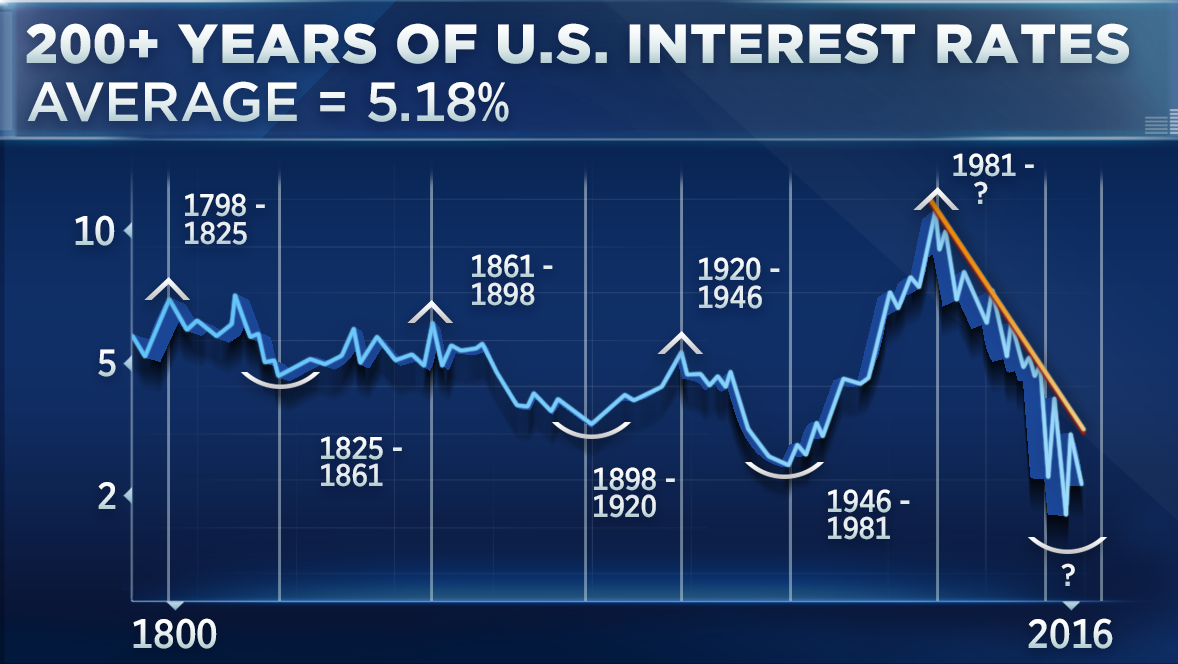Recently I was visiting in Austin with one of our mortgage brokers and we spoke about our 50-year business careers. We both remember the boom and bust periods from the 60s to the current time. Both of us wished that with this longevity, we had had this long-term vision of the economy and investment opportunities when we were both in our early 20s and just starting our business careers. We concluded that these cycles all presented economic opportunities that we have to capitalize on at the right time.
Economies always have periods of “boom and bust.” The cycles were the boom of the early 80s followed by the recession of the later part of the decade. All of us remember the dot.com boom of the 90s followed by the collapse in the year 2000. And who can forget the great recession of 2009.
Hindsight is always correct, but the question remains what we do now with a nine-year history of historically low interest rates. Consultants and peers constantly remind me that you cannot predict the future of interest rates. Case in point, who was saying in late 2008 that interest rates would be low for 10 years? Not many promoted that theory but it was a definite possibility.
Most people my age have a memory of interest rates always being high given our collective life experiences of the 1980s when interest rates spiked to more than 10%. We forget the historical trend of interest rates having the benchmark 10-year Treasury at 5.18% average since the year 1800. The chart below, which appeared in the CNBC blog and newscast recently, illustrates this fact. As you can see, the high point was 1981 and the all-time low since 1800 has been over the last few years.
(200 years of US interst rates in one chart, CNBC)
The point of this discussion is what does the average consumer do when it comes to buying life insurance – buy a product that is “interest sensitive” (length of payment can be variable) or one that just offers a set rate of return (set payment plan).
Both products will provide what you primarily buy life insurance for and that is to provide a death benefit to the beneficiaries of the insured person. Any “interest sensitive” product’s death benefit (the Hermann Sons Life Flex product is an example) can increase faster or slower depending on the value of the factors used to compute the increase, which most of the time is tied to some factor – such as current market interest rates.
The alternative is a life insurance plan that has a set payment schedule, such as the Hermann Sons Life 20-Year Pay certificate wherein the owner of the certificate pays an established premium for 20 years. The certificate is paid up at the end of 20 years and no more insurance premiums are owed no matter what interest rates do.
What is a non-insurance person supposed to do in choosing the best life insurance product for him/her – an interest sensitive or non-interest product? If your financial goals and needs do not include the “reward or risk” of varying or unpredictable interest rates, then a non-interest sensitive life insurance product may best match your needs (20-Year Pay). If you are willing to assume the risk or reward of predicting interest rates, then an interest-sensitive plan (Flex Plan) might be more to your comfort level.
Both products will satisfy your family’s life insurance needs!
Over the next two blogs, I will explain the operation of these two life insurance products in more detail and the annual statements our members receive on these products.


